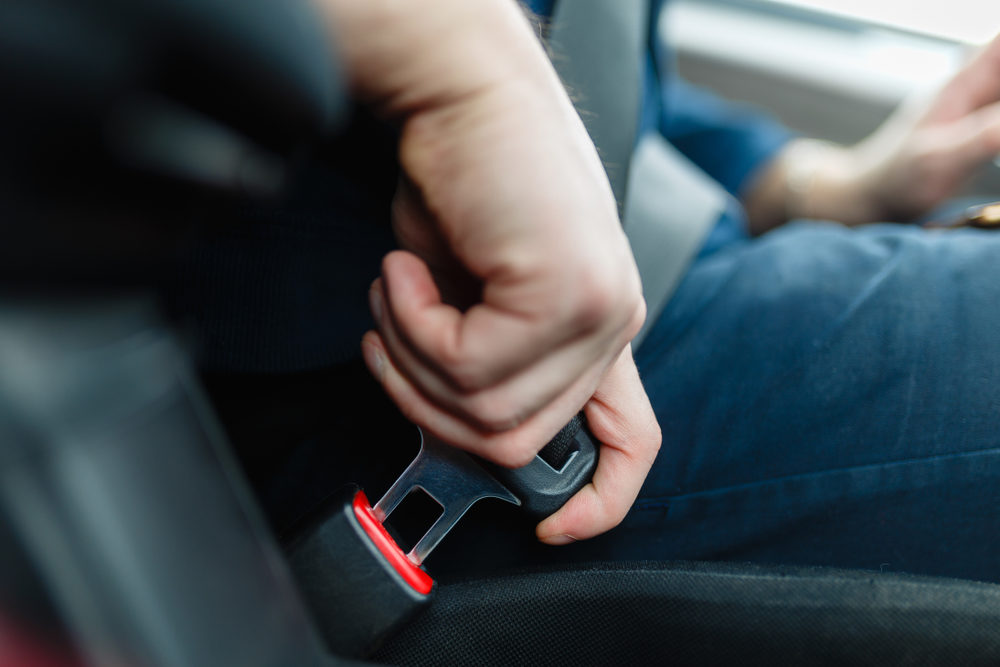
Secrets Kept from Juries: Volume 2 – Seat Belts and Car Seats
There’s are many secrets kept from juries in car crash trials, as discussed in Volume 1. Another secret is whether the injured person was wearing a seat belt. A Minnesota jury will almost never hear about seat belts.
That’s because Minnesota banned evidence of seat belt use. This is called the “Seat Belt Gag Rule.”
From a practical point of view, it’s only fair. The driver that caused the crash (really, their insurance company), should be held responsible, without trying to untangle whether the injuries were worse because of a seat belt or failure to wear one. The focus should be on the facts that count: driving safely.
It’s an interesting story how this became the law and how it evolved. You might think it was plaintiff lawyers who passed this law, but you’d be wrong. In 1963, as auto manufacturers first started installing seat belts, the auto industry lobbyists pushed for the gag rule. They didn’t want to install these ‘newfangled’ seat belts and get blamed if people were hurt while using them.
And so, for decades, the gag rule was the law. You couldn’t tell a jury if you were wearing a seat belt and the defendant couldn’t tell them you weren’t. Child protection car seats were addedto the law a couple decades later. Should the poor mom be blamed if the child was killed in a crash because the car seat wasn’t used or installed properly? No, we should blame whomever caused the crash!
During those years, Minnesota courts upheld the gag. Then in the late 1990s, a young woman, Jodi Carlson, was paralyzed in a crash. Her lap belt allegedly contributed to her being paralyzed, but the courts prevented her from introducing seat belt evidence, just as the auto manufacturers intended in 1963. Her case was dismissed. Ms. Carlson went to the legislature, parking her wheelchair outside the door, asking the law be changed. She camped there for weeks, and reporters ate it, writing stories about the courageous young woman. Finally, an exception was written into the law for cases like hers, but it was not retroactive and so her efforts benefitted only future injured people. Ironically, the seat belt gag rule had been amended so it could be used against auto manufacturers!
As mentioned previously, jurors don’t like being kept in the dark. The second question they often ask asks the judge is, “Was the plaintiff wearing a seat belt?” In most cases the judge will not directly answer that question, because the law keeps it out.

This is an ongoing series about topics hidden from juries. You can read Volume 1 – Insurance, here.
At Bradshaw & Bryant, we’ll protect your secrets while always telling you the truth because our goal is Justice for the Injured.

As a partner with Bradshaw & Bryant, Joe Crumley has over 30 years experience helping injured people and their families to secure just and fair compensation. Excelling in personal injury litigation, Mr. Crumley has secured numerous record-setting verdicts and settlements and won accolades such as MTLA’s “Trial Lawyer of the Year” and “Excellence” Awards.






